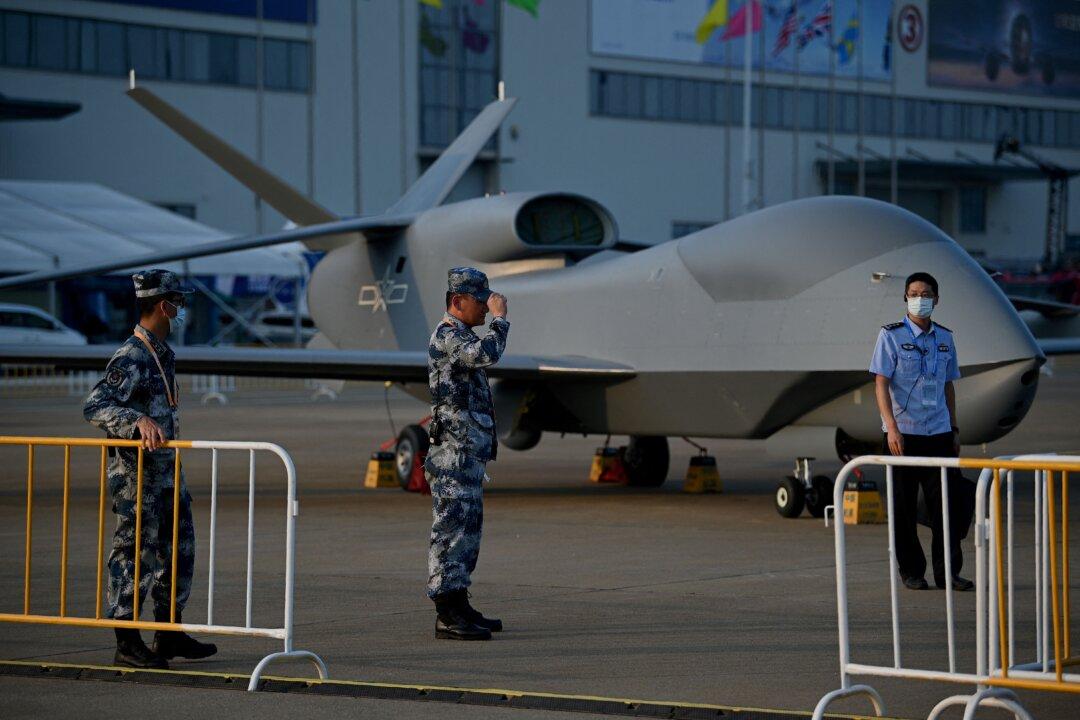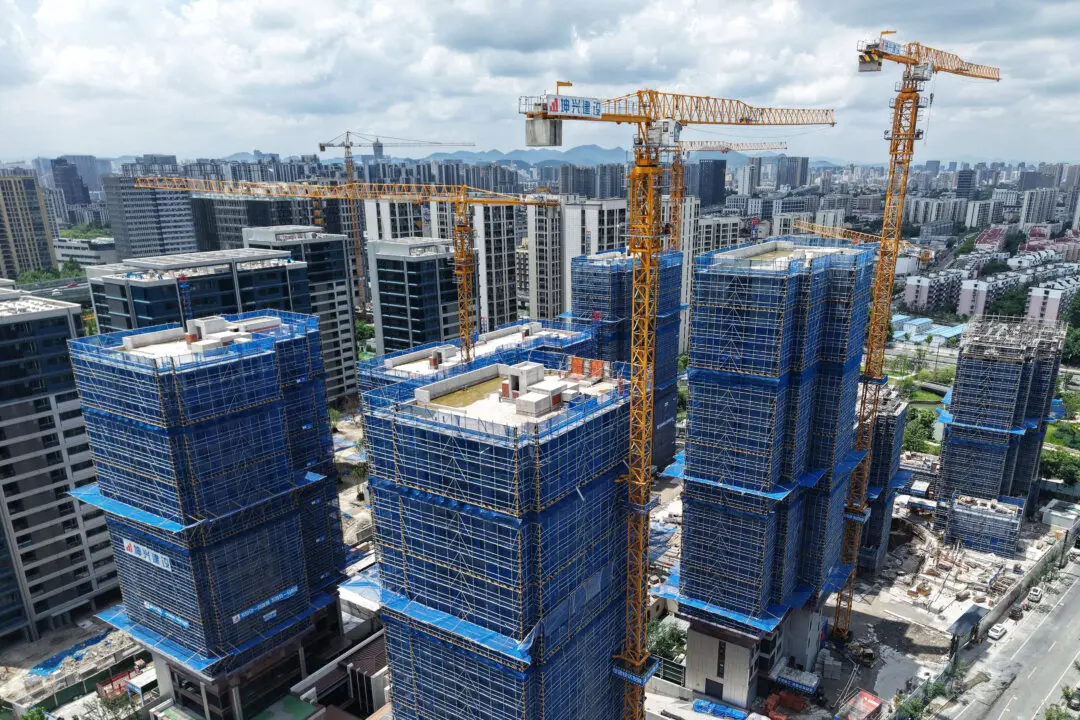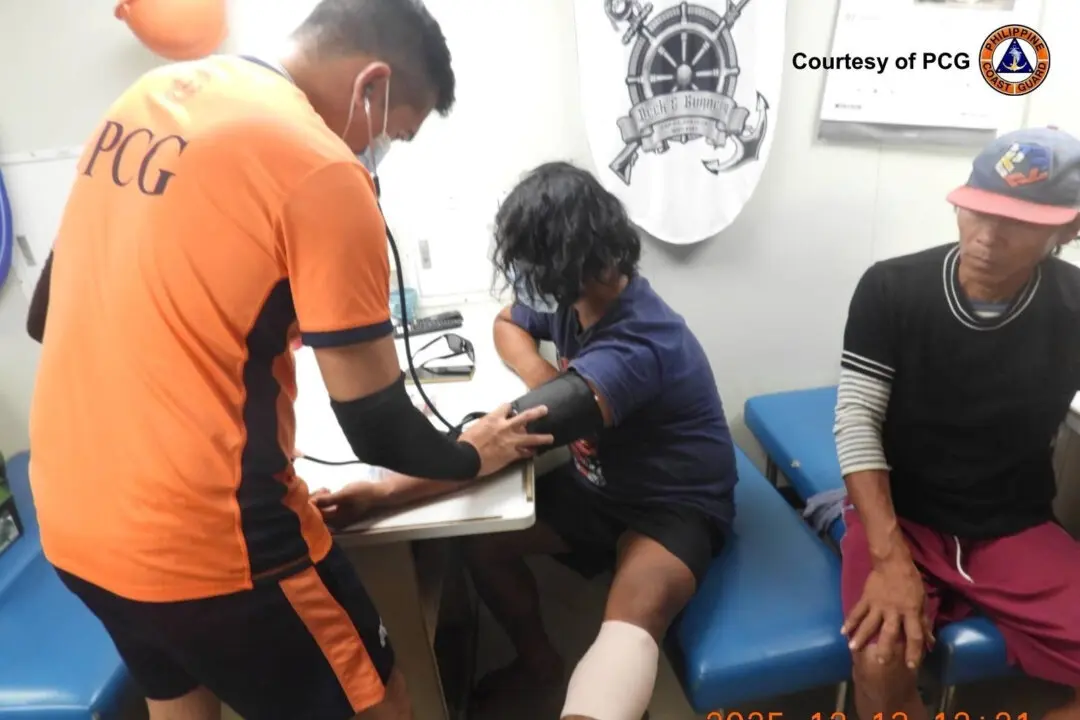A mass COVID-19 testing order in Beijing’s largest district has prompted residents to stock up on food, fearing that they might soon be confined to their homes like the millions in Shanghai, a city approaching its fifth week of lockdowns.
Chaoyang will expand the scale of COVID-19 testing to all people working and living in the district, officials said at the April 24 briefing. About 3.5 million inhabitants of the eastern Chaoyang district will be tested three times this week, starting from April 25.




